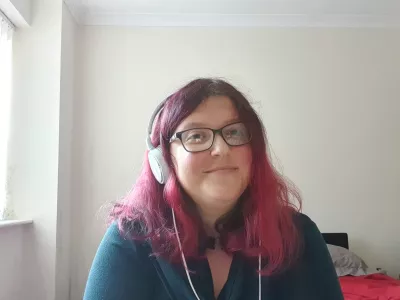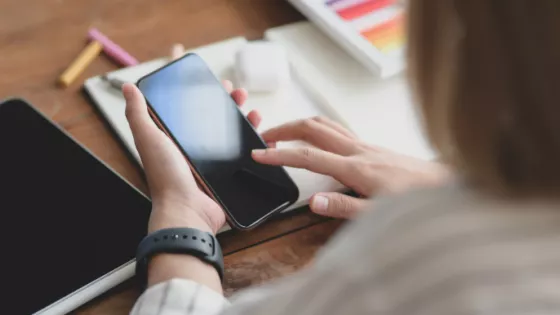
When a mother has her first child, she’s expecting all the wonderful parenting milestones that come with it. From first steps, to making new friends at school, excelling in exams before conquering university and starting a career.
When my mother had me, things were slightly different. It started as you would expect; I took my first steps, learnt my first words and even made it to nursery without incident! But when I reached 5 years old something seemed a little bit strange. I unexpectedly started hitting my head off walls, randomly marched around in circles and clapped my hands in an overly excited manner.
It wasn’t until about 8 years old that I was diagnosed with epilepsy. At that age it didn’t really feel like the landmark event it turned out to be. Despite the introduction of regular hospital appointments and medication, it never really dawned on me that I was any different from other kids. Sure, if I mentioned my MRIs or EEGs, no one had a clue what that meant and I suppose you wouldn’t find my classmates having absence seizures lasting up to 30 seconds. But to me, I was exactly the same as them; my epilepsy was nothing, it didn’t exist. I was in denial.
As I grew older and my seizures became more frequent, I learnt to deal with them and accept that they were part of my life, like it or lump it.Annie
I remember my Nan telling me at her dining room table that my epilepsy is there, and it is very real. That’s what it took for me to accept my epilepsy and decide to deal with it the best I could.
From then on I became more involved in my hospital appointments. I learned to deal with MRIs (although they still give me the creeps!) and started to ‘take on’ my epilepsy. No longer was it this thing following me around in my day-to-day life, it became more like a companion since I learned it’s unlikely I’ll ever be seizure free.
As I traversed through my teens, I was told by a doctor I was on the highest doses of medication my body would allow and my only option to be seizure-free was brain surgery. It felt like I was about to turn over a new leaf. I might have had to do it the hard way, but I thought I was going to be one of the lucky cases you only see on social media!
I went on to have the surgery and was seizure free for 12 weeks, the longest period I can remember. Unfortunately, it didn’t last. My seizures returned and have stuck with me ever since, but luckily not as severe or as often as they once were, so we’ll call that a semi-success!
All through growing up there are also a few things you can do to make your journey just a tiny bit easier too. Here are three I very strongly recommend:
- Always record your seizures. Type, length and symptoms are the main things I note down (when I remember!) and honestly, they make consultations so much easier.
- Make sure to keep water and emergency medication with you at key times! Whether it’s a trip to your local supermarket or off to school if there’s always a chance you’ll need it.
- Find a way to keep spirits high, with a hobby or staying in good company. It definitely good to have personal space your you need it, but one thing I learnt is that it’s never good to get too in your own head!
And who knows? Maybe in the future, further research into epilepsy will enable more options for me that will give me the freedom I want so much; a life free from epilepsy. The main thing I’m thankful for is that, despite wanting freedom from epilepsy, I don’t feel like I need it anymore and that’s all the recovery I could hope for.

